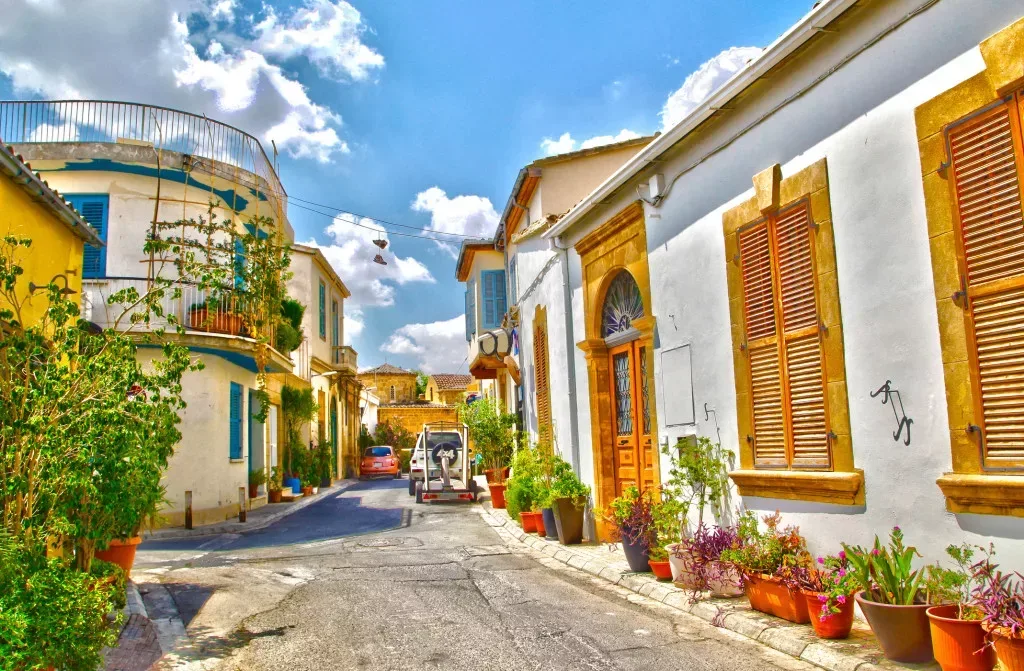Cyprus’ capital and largest city, Nicosia, resembles a rich tapestry of history, a mosaic of centuries and eras torn apart by political and ethnic division after a history of empires and kingdoms laying claim to this place. Here, European, Middle Eastern, Greek and Turkish cultures collide.
Known as Lefkosa in Turkish, the city is essentially two capitals in one. To this day, Nicosia remains split by the infamous ‘Green Line’, which carves the boundary of the world’s largest – and last – divided capital city, separating the Greek Cypriots in the southern part from the Turkish Cypriots in the North. It is even possible to walk through the no man’s land between Nicosia/Lefkosa, known as the UN Buffer Zone.
From the relatively modern addition of sandbags, checkpoints and barriers of the Green Line to the monumental Venetian walls that encase the scenic Old Town, Nicosia’s complicated past is tangible. But in spite of this fraught geopolitical context, the capital of the Republic of Cyprus is worthy of any visitor’s attention and was recently hailed by Lonely Planet as one of the Top 10 Cities to travel to in 2022.
Originally built by Venetian rulers to discourage Ottoman invaders, the ancient walled city is now the cultural heartbeat of the island, hosting bustling restaurants and a lively bar scene. Separating the ancient city from the modern, follow narrow, serpentine streets from the notable Cyprus Museum and its significant collection of Neolitihic and Roman artefacts, to the thick, ancient stone of the city walls and the Famagusta, Kyrenia and Paphos gates. Another must-see is the elaborate Buyuk Han – a Turkish caravansarai built after the Ottoman seizure of Cyprus in 1572.


